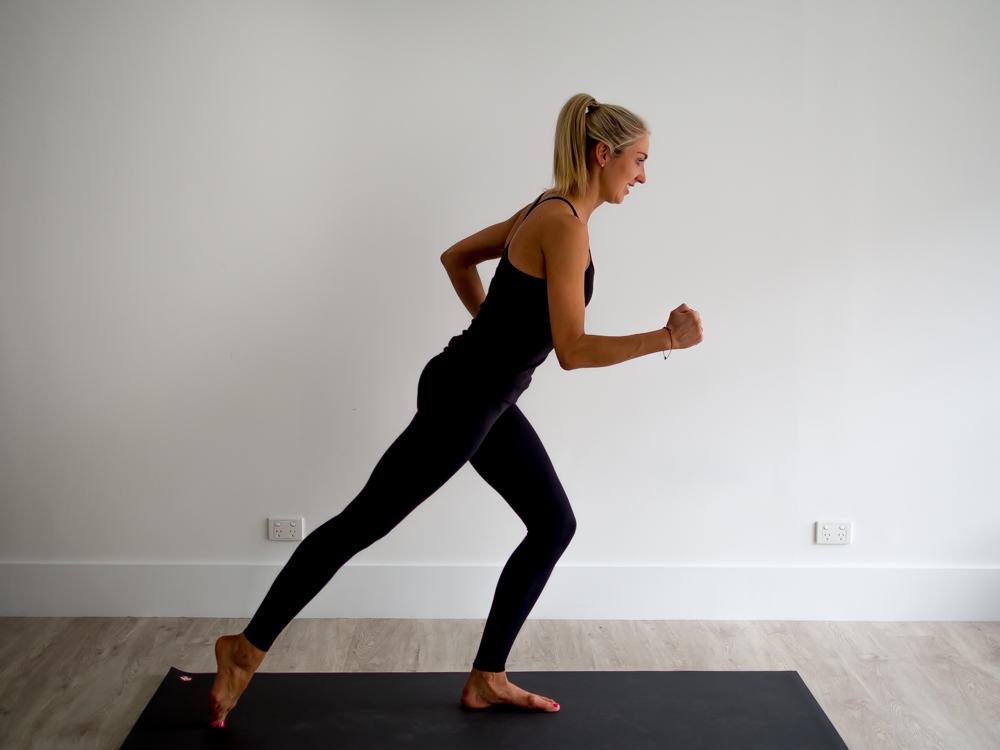Case study - anterior hip pain
A Case Study on Anterior Hip Pain. By Sally Harrison, Unite Health Presenter and Physiotherapist
Client A presents with a 1 month history of L anterior hip pain that was first noticed after a return to running. In her initial assessment she presented with ;
- Non optimal posture, resting on the anterior hip structures on both sides
- Non optimal load transfer with one leg stand L, with a drop and rotation of the pelvis
- The hip was sitting forward in the socket in standing L and remained so with a squat pattern
- Reduced ROM in both neutral and 90’ of the L hip
- Hamstring dominance in prone leg lift
- Catching with a scoop test and +ve Thomas psoas bias
I wanted to create space to allow the hip to centralise back to neutral so I can then start to train a more optimal movement pattern for hip control.
The client was taught how to self release the deep hip rotators with a tennis ball and then perform some 3D hip flexor and adductor mobilisers. This intervention alone gave a –ve scoop and Thomas on retesting.
We then addressed some isolated control into the hip region with training of both the deep hip rotator fan and glut max. Inner unit/core control was also reviewed at this stage. One knee fold with psoas cuing was also addressed in this session.
Although the body does not move in isolation, getting stability, mobility and control in the pelvis and hips will have a profound effect on movement efficiency throughout the whole body, and thus a reduction in current and future potential injury.
It was then time to integrate the hip and pelvis back into function and train the dynamic slings of the pelvis. The client was given a home training programme including but not limited to;
- bridging and band pulls, (posterior sling)
- side lying leg lifts and double leg raise (lateral sling)
- one leg standing with pelvic and hip awareness cues, (lateral sling)
- 3D squat patterns
Once good movement patterning had been achieved with a one leg stand, squat and lunge pattern, I added some more dynamic work and integrated some external load.
Exercises such as the skater, 3D lunging and running man were given to train dynamic stability and control to assist her back to running.
A functional pelvis is essential for optimal load transfer to the trunk and lower limbs. Especially for an activity such as running. An ‘unstable’ pelvis can lead to injuries of the hips,adductors, hamstrings, knees and even the feet. The pelvis also forms a platform for the spine, primarily the lumbar region, with a direct influence on how this moves and behaves under the load of gravity.
With this in mind my aim was not only to give her symptom free movement but also a stronger movement pattern than previously to ensure there will be no reoccurrence of symptoms and a happy return to running.
